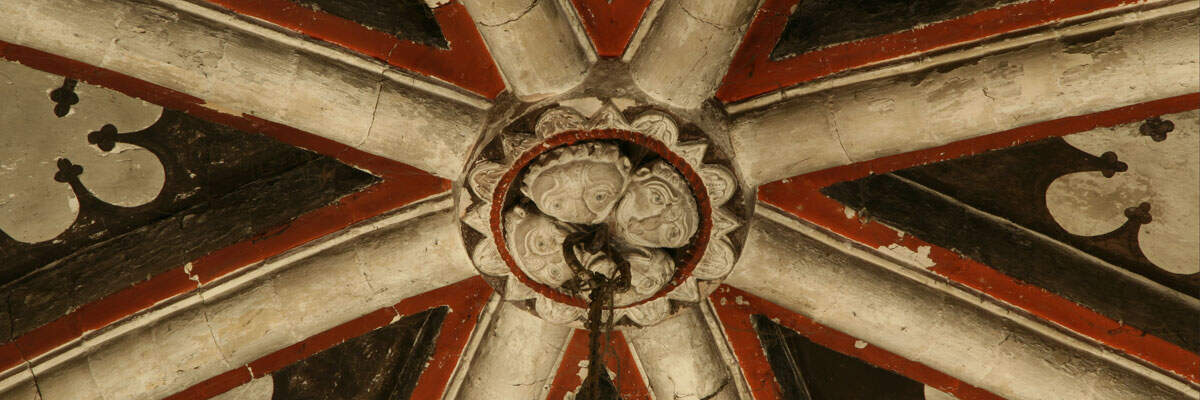The manor was held by Queen Edith in 1066, when it was assessed at 20 hides, and by Walter Giffard in demesne in 1086, now assessed at 13 hides and 1 virgate. Walter died in 1102, and his son Walter in 1164, leaving no children. The manor remained in the king's hands until 1194 when it was granted to the descendants of Rohais, sister of the Walter Giffard who had died in 1102 as Earl of Buckingham. She was married to Richard FitzGilbert. The manor subsequently passed, with other Giffard lands, to William Marshal, Earl of Pembroke, and he granted the tenancy to Hugh de Sandford and his brother Richard and Ralph de St Helen.



